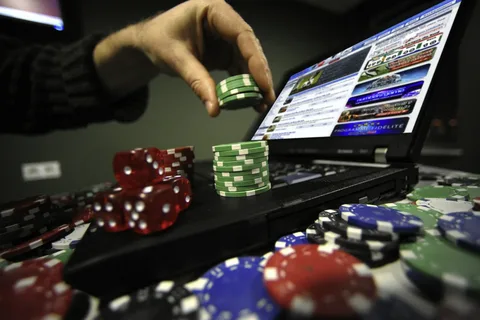If you’ve ever found yourself saying “just one more” while playing Mission Uncrossable, you’re not alone. This common player behavior—known in gaming circles as the “One More Lane” syndrome—is a real psychological phenomenon. It’s the compulsion to keep playing just a little longer, even when you planned to stop. While it might seem like a simple case of getting carried away, the truth is that game design, reward loops, and cognitive biases are all at play.
Here’s a deep look at the psychology driving this relentless need for just “one more lane.”
The Power of Microgoals
One of the core mechanics that fuels this syndrome is the presence of short-term objectives. Each mission lane in mission uncrossable game presents manageable, bite-sized tasks: hack this terminal, avoid that guard, collect a briefcase, reach the extraction point. These microgoals give players a sense of rapid accomplishment.
Psychologically, completing goals releases dopamine, the brain’s reward chemical. This creates a feeling of satisfaction and momentum—fueling the belief that finishing one more lane will feel just as good, or better.
The Sunk Cost Fallacy
The longer you play, the more time and effort you’ve invested. This leads to the sunk cost fallacy—the idea that stopping now would mean that effort was “wasted.” Players may feel they need to continue so their progress pays off, especially if they’re in the middle of an upgrade loop or XP grind.
In Mission Uncrossable, this is reinforced by:
- Cumulative stealth bonuses
- XP streaks
- Timed side objectives
These systems create an illusion that ending a session would “break the flow” and reduce efficiency, encouraging players to continue well past their original stopping point.
Variable Reward Systems
Mission Uncrossable incorporates variable rewards—rewards that change in type, size, and timing. Players don’t always know what loot or bonus they’ll earn at the end of a lane, and this unpredictability triggers excitement. It’s the same psychology that drives slot machines and loot boxes: the anticipation of the unknown.
Players are more likely to chase that next lane because they believe something rare or valuable could be right around the corner.
Completion Bias and Loop Design
Most lanes in Mission Uncrossable can be completed in a relatively short amount of time. This creates a feedback loop that reinforces completion bias—the desire to finish what you start. Once you begin a mission, you’re far more likely to complete it than abandon it midway.
Additionally, the game’s quick-start feature—which automatically queues the next lane without going back to the main menu—minimizes decision-making friction. By the time you’re done, the next lane is ready to go, and saying “yes” is easier than stopping.
Social and Competitive Pressure
For players engaged in Ranked mode or co-op missions, there’s an added layer: social comparison. Knowing that friends or leaderboard competitors are advancing faster can fuel the desire to catch up or stay ahead. You tell yourself “one more lane” might mean closing that XP gap or beating a personal best.
When mission timers, streak multipliers, or special events are active, this sense of urgency intensifies. Players feel they’re missing out if they stop now.
Fear of Regret and Opportunity
Players often stay in the game because they fear missing something great—an epic loot drop, an elite-level run, or a rare bonus room. This FOMO (fear of missing out) can drive “one more” behavior even when players are tired or disengaged.
It’s a classic psychological trap: the more chances you take, the more you believe the next one is the lucky one.
Final Thoughts
“One More Lane” syndrome in Mission Uncrossable isn’t just about love for the game—it’s a cocktail of micro-rewards, sunk costs, habit loops, and anticipation. Game designers understand this psychology and use it to structure play sessions that feel addictive, rewarding, and hard to step away from.
While there’s nothing wrong with diving into the next mission, understanding these psychological hooks can help you take control of your gaming habits. Sometimes, the most strategic move is knowing when to unplug—until next time.

